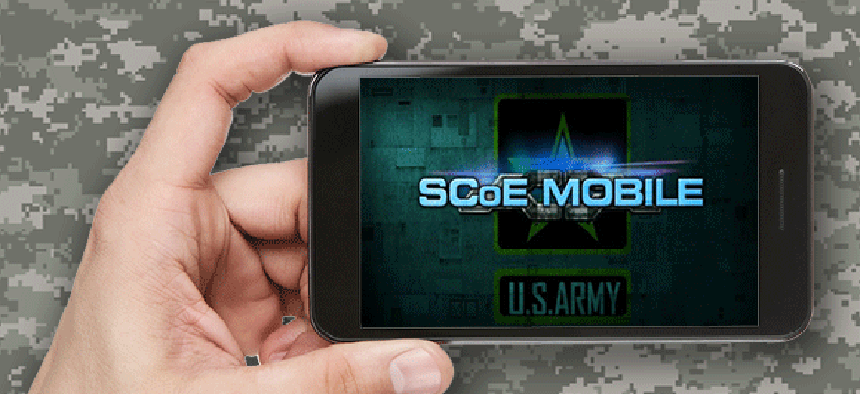Army team sets a standard for developing mobile learning apps


Connecting state and local government leaders
Having developed 77 apps since 2009, the Sustainment Center of Excellence team offers some lessons learned.
Mobile Learning — or mLearning, as it’s being called — is starting to show up on the radar of many government agencies. IT departments are fielding requests to build a mobile app for many of the training and information-delivery applications their organizations offer, extending computer and online education to smart phones and tablets.
Part of a mobile app’s appeal, of course, is visual, but starting by thinking about what the app should look like or do is like starting a journey halfway down the road.
This is what Matt MacLaughlin, technology integration branch chief for the Army’s Combined Arms Support Command (CASCOM) Sustainment Center of Excellence (SCoE), has learned over the past four years. Since 2009, his team has developed 77 mobile applications, some of which have been declassified and are available on commercial venues such as Google Play.
"My shop is completely different from other organizations in the Army because we are the only ones who actually have an institutionalized process for app development," MacLaughlin said. Many divisions are now trying to follow its example, but the SCoE mobile app development process remains at the forefront.
After the SCoE team held a forum for future endeavors in mobile in 2010, it seemed that everyone came to them for mobile apps. MacLaughlin’s team has helped other groups with their mobile projects, such as the mobile app for the Joint Electronic Library for the Joint Staff and mobile apps for the Defense Department’s Office of Wounded Warrior Care and Transition Policy.
The first step in building an app, according to MacLaughlin, is to work with the subject matter experts to determine whether the content is even appropriate for a mobile app.
“Because mLearning is a hot topic, everyone wants an app,” he said. “We need to determine whether [the content] even needs an app or whether it could be better served with a Power Point presentation, for example.”
Only after determining that a mobile app will maximize the user's learning experience does the design and development process begin. MacLaughlin’s development team consists of three employees who, in addition to himself, develop the apps. One is an Apple iOS expert, while another works primarily on Android, BlackBerry and Windows platforms. The third is well-versed in HTML 5, which can be used to bridge across any of the platforms.
In what is sometimes the more strenuous portion of development, the app is reviewed by CASCOM’s app approval board. If it satisfies all legal and national security concerns, it is approved either for use by the public or solely by Army personnel.
SCoE’s mobile app development team is putting out more mLearning apps all the time, but MacLaughlin doesn’t see them taking the place of all other forms of training.
“It will always depend upon subject matter and need,” he said. “While many people think their mission specialty should be taught on a mobile device, there are many who think it shouldn’t. The sweet spot for mLearning will be when a user needs access to information before a classroom training session and re-access to information to keep up with current training.”
Also mLearning apps, like other training tools, need to maintain relevance over time. “You need to do your best to determine whether it is going to be used seven years down the road,” MacLaughlin said. “Then will you be able to assess whether it is worth the development/approval effort.”

NEXT STORY: Knock it down, ultrabook gets right back up




